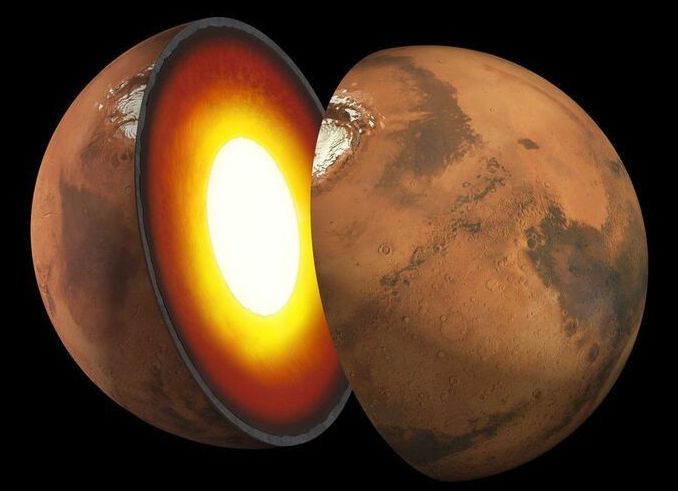A popular theory of galaxy formation suggests that small galaxies merged to form larger ones. But galaxy C1-23152 — 12 billion light-years from Earth — apparently formed itself from gas in the early universe, via exceedingly rapid star formation.


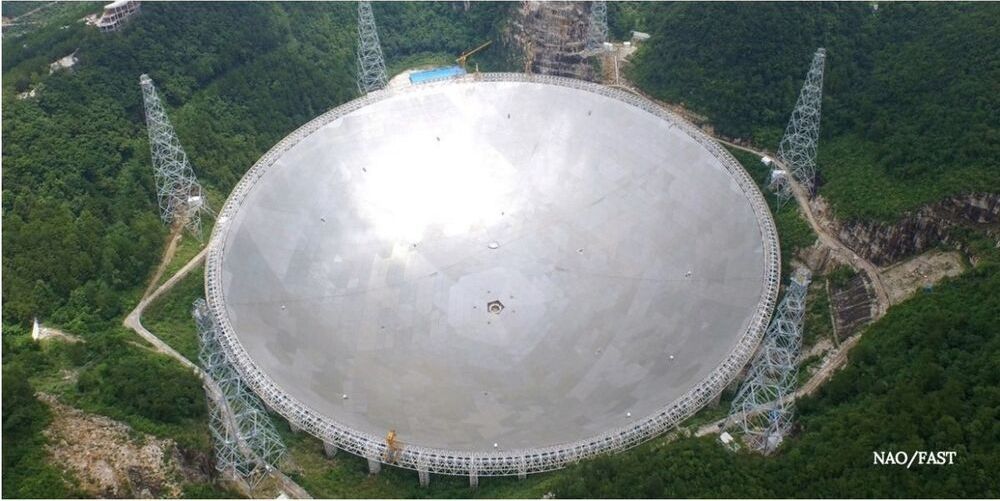
Following the collapse of the historic Arecibo Observatory in Puerto Rico, China has opened the biggest radio telescope in the world up to international scientists. In Pingtang, Guizhou province stands the Five-hundred-meter Aperture Spherical Telescope (FAST), the largest radio telescope in the world, surpassing the Arecibo Observatory, which stood as the largest in the world for 53 years before the construction of FAST was completed in 2016. Following two cable failures earlier this year, Arecibo’s radio telescope collapsed in November, shutting down the observatory for good. Now, FAST is opening its doors to astronomers from around the world.
Like.
The Chang’e-5 returner capsule carrying lunar samples is headed for a Beijing laboratory for opening, with an eagerly awaiting research team set to study the fresh Moon specimens.
Given the success of the lunar exploration mission, China space officials say a next step is to cooperate with scientists of other nations to analyze the Moon samples.
Mission accomplished! A Chinese capsule carrying soil and rock samples collected from the moon returns to earth. The Heat talks to a panel of experts.
Watch CGTN LIVE on your computer, tablet or mobile.
http://america.cgtn.com/livenews.
Follow CGTN America:
Twitter: @cgtnamerica.
Facebook: @cgtnamerica.
Instagram: @cgtnamerica.
TikTok: @cgtnamerica

A three-floor apartment building is being constructed by Peri, a formwork and scaffolding maker, with the help of a 3D construction printer.
Germany-based Peri isn’t a newcomer to the ever-growing 3D construction printing segment. The apartment building is currently being printed in Bavaria, Germany, and the project was unveiled only two months after Peri announced i t was creating Germany’s first 3D printed two-story detached home.
Unlike the first project, this upcoming three-floor apartment building will contain 4, 090 square feet of occupiable space in the form of five apartment units and a basement. The units will be available in different sizes, good for both single occupants and families, Peri’s global business development manager of 3D construction printing Jan Graumann told Business Insider in an email interview.

Circa 2015
Imagine a blimp city floating 30 miles above the scorching surface of Venus – a home for a team of astronauts studying one of the solar system’s most inhospitable planets.
NASA is currently doing just that; floating a concept that could one day see a 30-day manned mission to Earth’s closest planetary neighbor.
Eventually, the mission could involve a permanent human presence suspended above the planet.
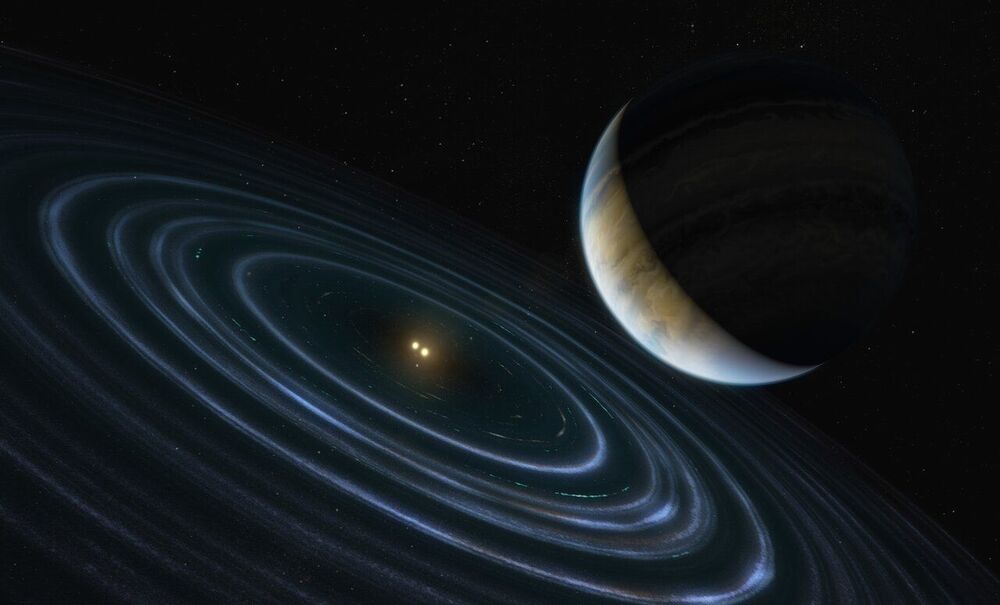
Astronomers may have found a “Planet Nine,” but in another solar system. Will we eventually find the hypothetical Planet Nine in our own Solar System?
Even with all we’ve learned about our own Solar System, especially in the last couple of decades, researchers still face many unanswered questions. One of those questions regards the so-called Planet Nine. The Planet Nine hypothesis states that there’s a massive planet in our Solar System orbiting at a great distance from the Sun.
Nobody’s ever observed the hypothesized planet; the evidence for it lies in a cluster of bodies that orbit the Sun 250 times further out than Earth does. These objects are called e-TNOs, for extreme Trans-Neptunian Objects. According to the hypothesis, Planet Nine’s gravity is responsible for the unusual clustered orbits of these e-TNOs.
Now astronomers have found a distant solar system with its own Planet Nine, and that discovery is breathing new life into the hypothesis.
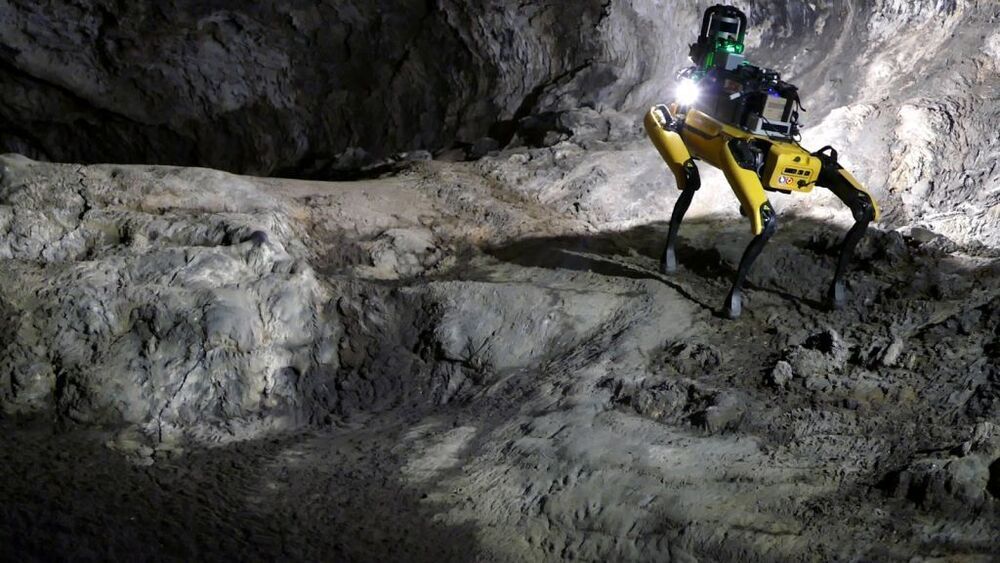
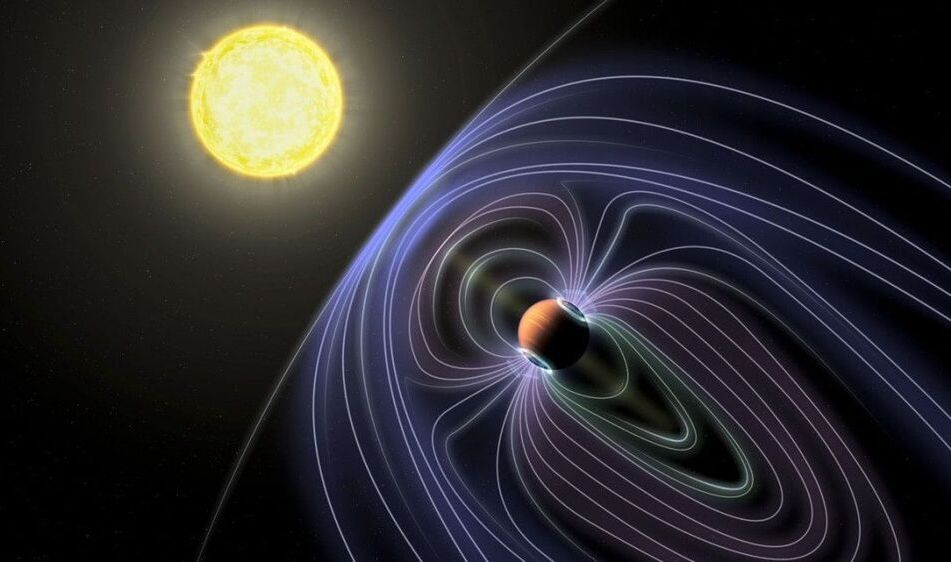
Similar findings may tell scientists about magnetic fields around exoplanets.
Scientists may have detected radio emissions from a planet orbiting a star beyond our sun for the first time.
The astronomers behind the new research used a radio telescope in the Netherlands to study three different stars known to host exoplanets. The researchers compared what they saw to observations of Jupiter, diluted as if being seen from a star system dozens of light-years away. And one star system stood out: Tau Boötes, which contains at least one exoplanet. If the detection holds up, it could open the door to better understanding the magnetic fields of exoplanets and therefore the exoplanets themselves, the researchers hope.
